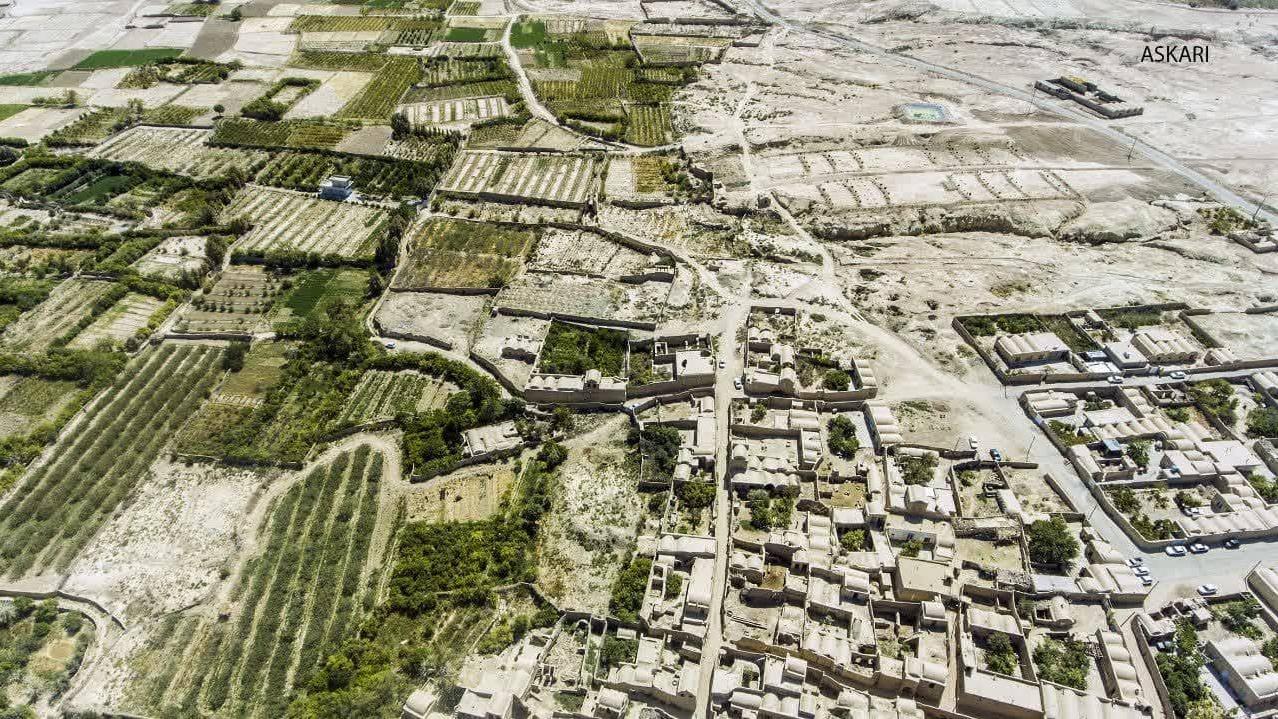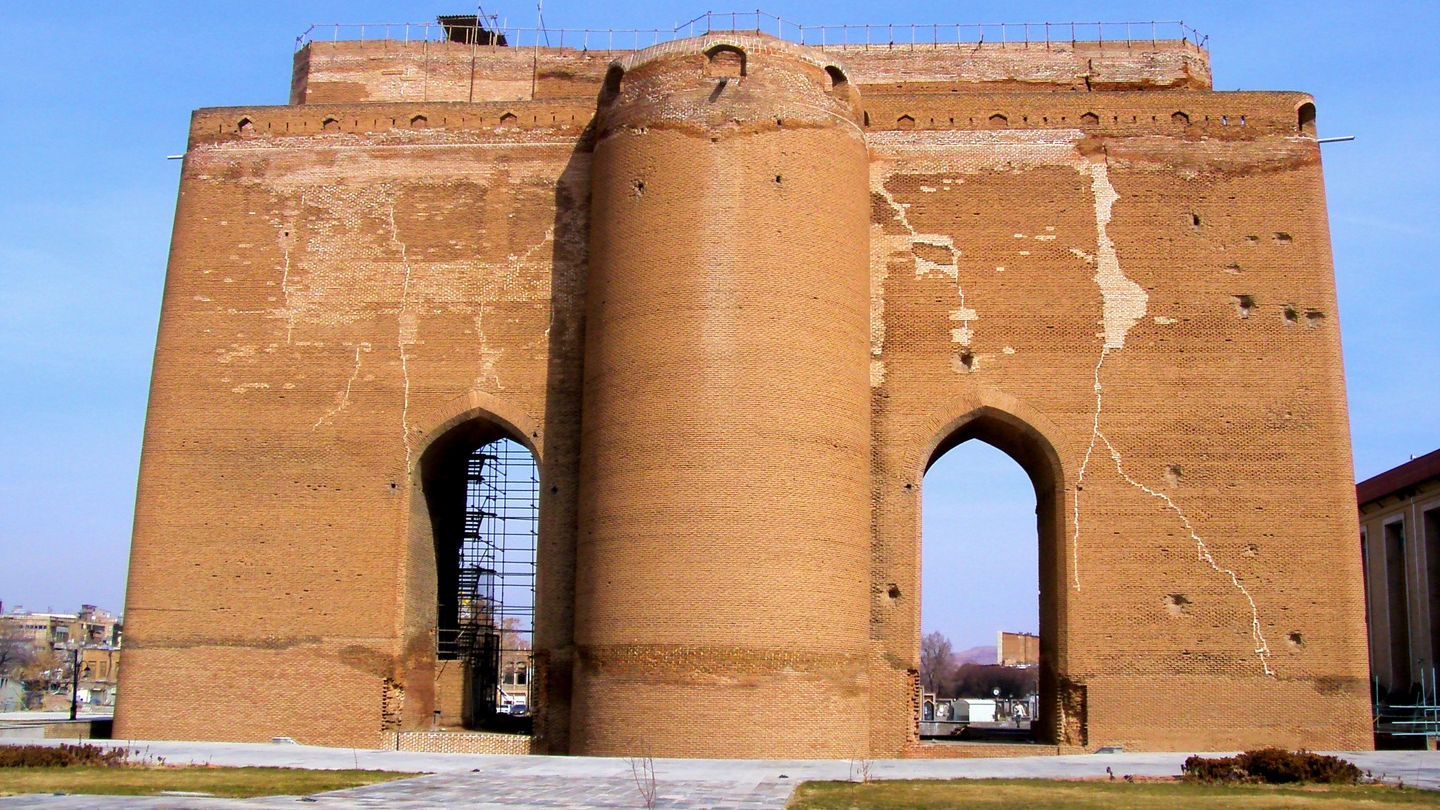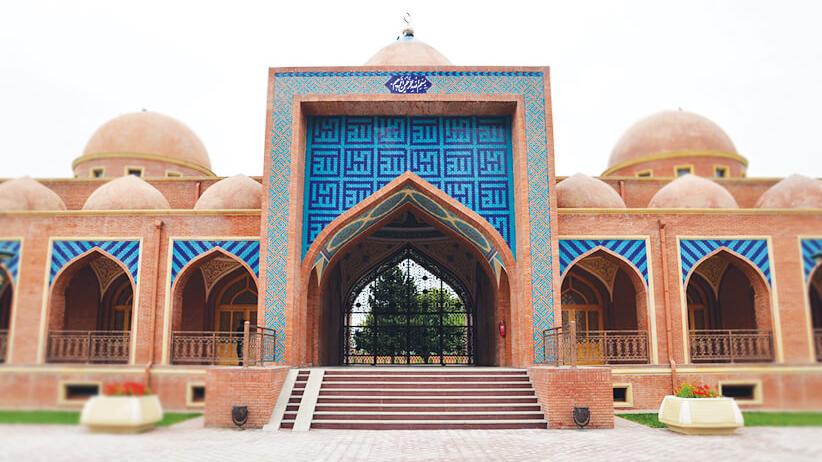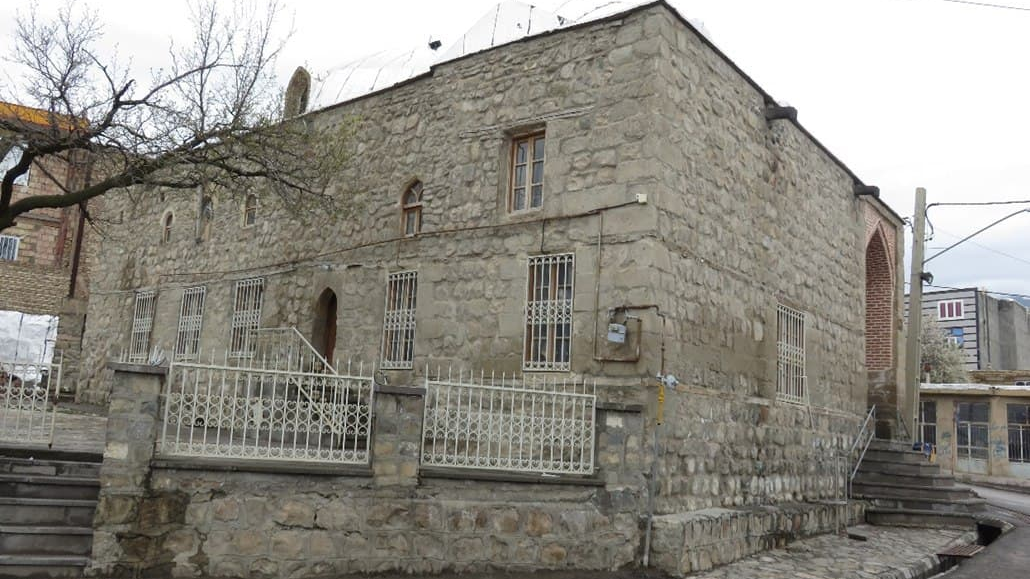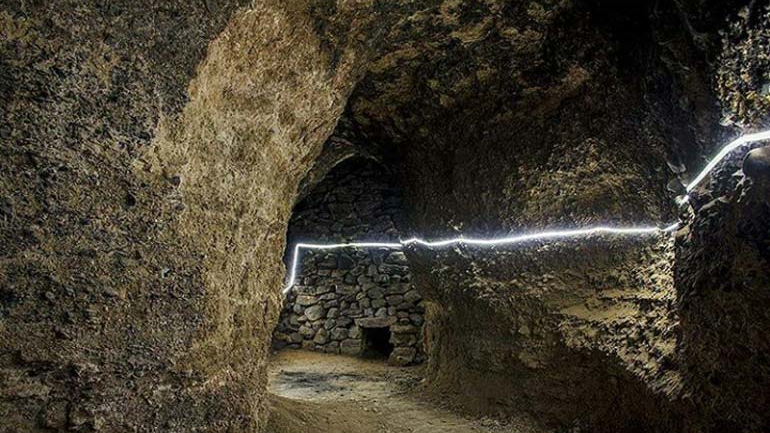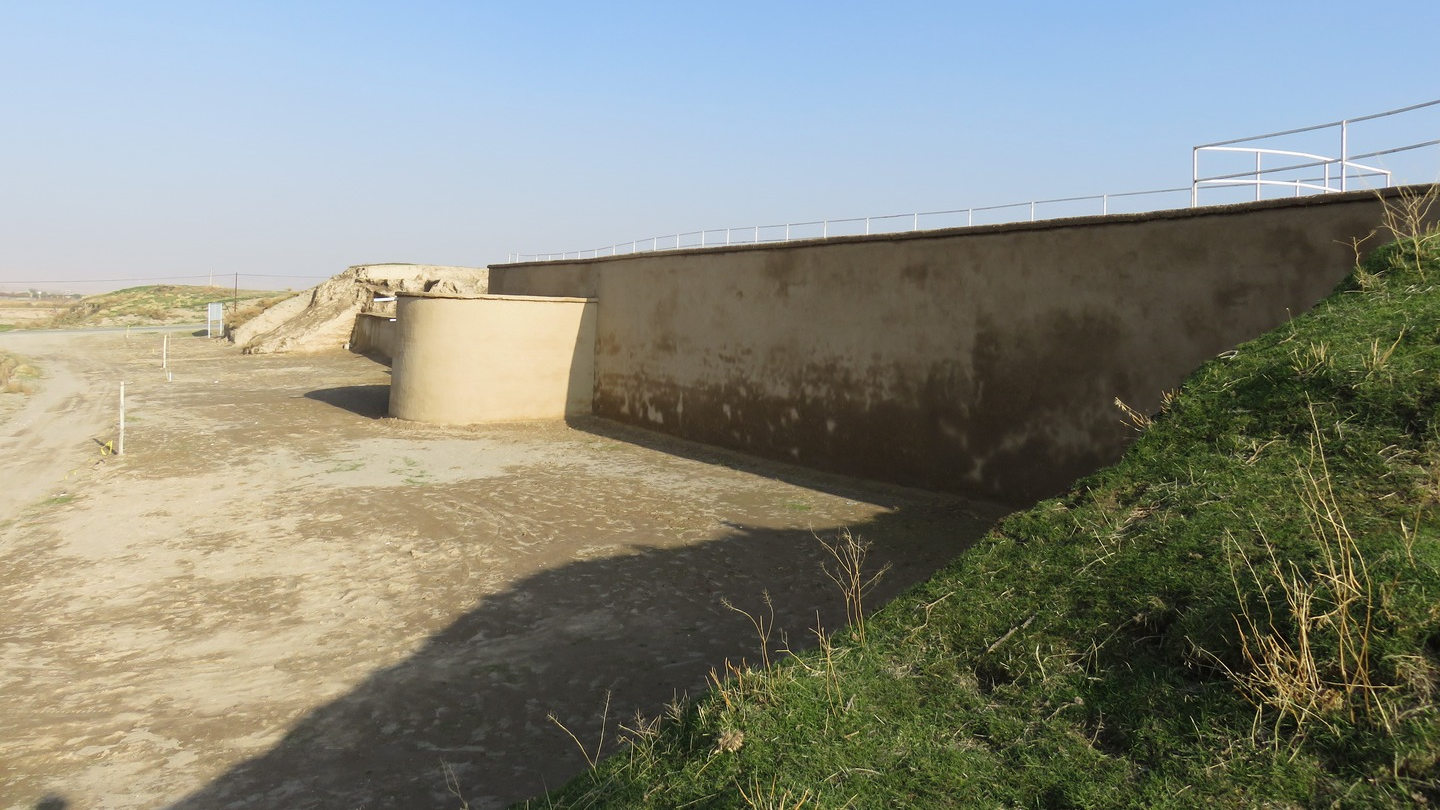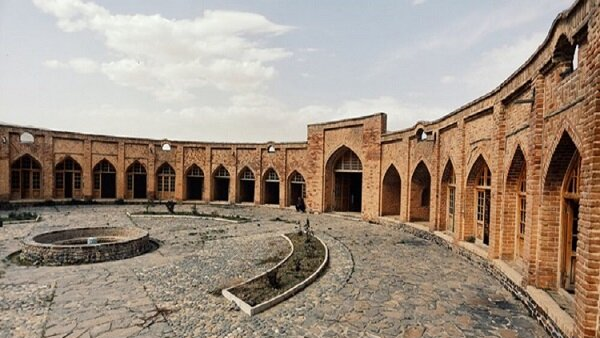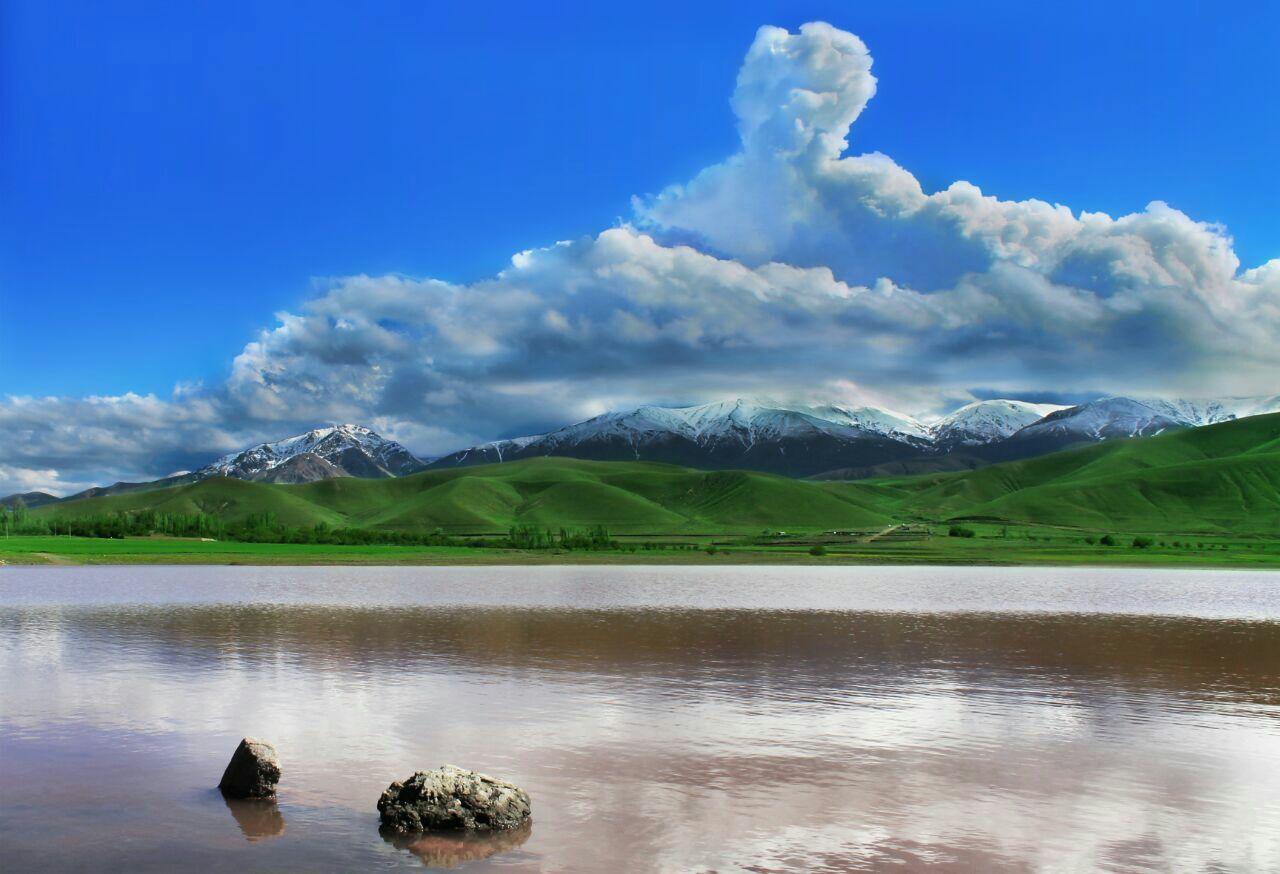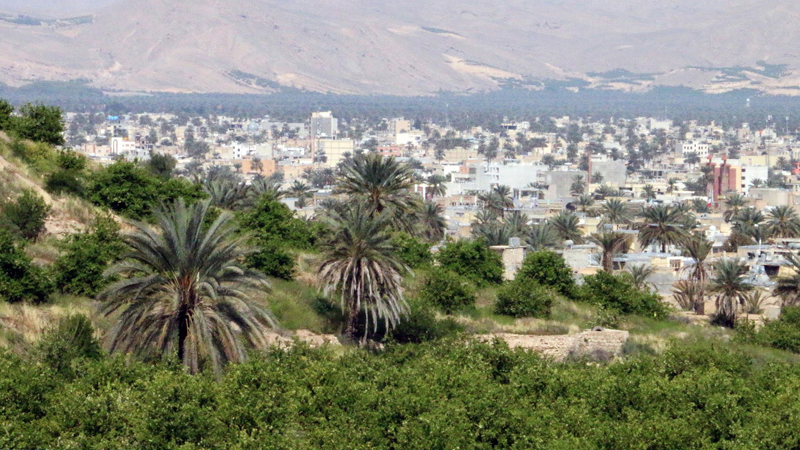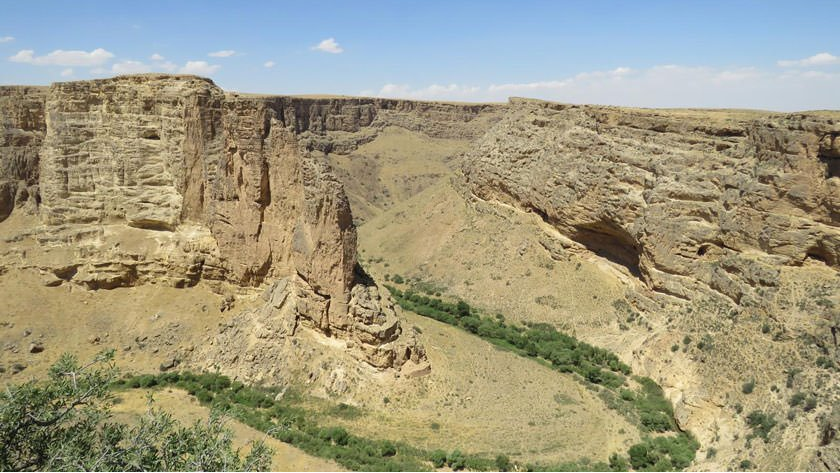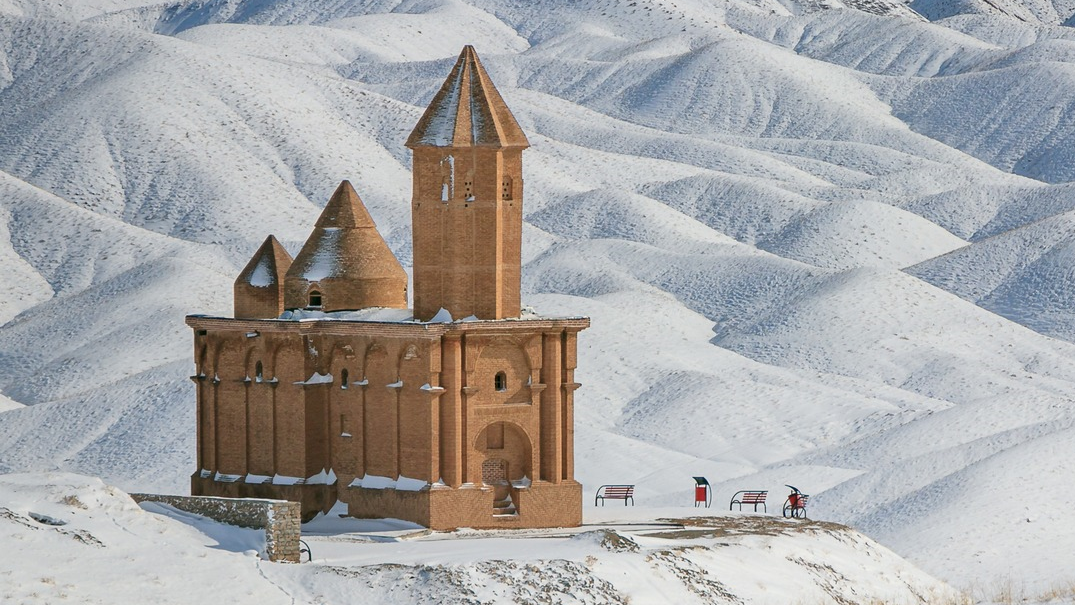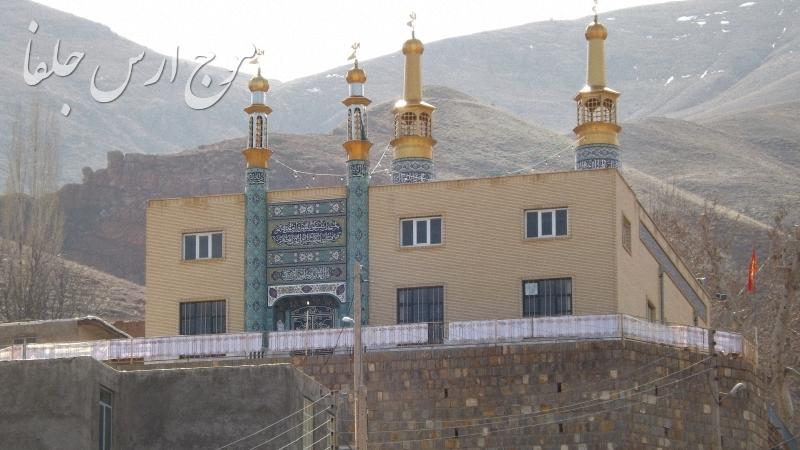
Herabarjan Village: A Stroll Through Its Charming, Timeless Garden Alleys
Nowadays, in nearly every city you visit, you can observe the impact of modern construction — often devoid of the traditional spirit and logic that once shaped communities. Cities, as centers of development, have been rapidly transformed under the influence of modernity, giving rise to concrete and cement structures that replaced their older, more organic forms. It can be said that the effect of modernity on the physical and visual identity of cities has been harsh and abrupt, quickly altering their essence and character. In contrast, villages, for various reasons, have largely remained untouched by these changes, preserving their authentic identity. This very quality has made villages a valuable subject of study in fields such as anthropology and architecture. Across Iran, many villages have retained their ancient character by preserving their traditional physical structure. Among them is Herabarjan Village, which has managed to absorb the superficial influence of modernity while maintaining its traditional form and timeless authenticity.
This village is located in Marvast County, Yazd Province, and its historical texture covers an area of about 20 hectares. Marvast is situated in the southern part of Yazd Province and, in 2021 (1400 in the Iranian calendar), it became an independent county after being separated from Khatam County. It is said that the village’s old name was “Avaorjan”, which gradually evolved into “Harabarjan.” According to local oral traditions, Harabarjan is believed to be the remnant of an ancient and vast city called “Marjan.” However, this account is not widely accepted by researchers.
An aerial view of Harabarjan village and its farmlands.
National Registration of Harabarjan Village and Its Registered Monuments
What led to the inclusion of the historical fabric of Harabarjan Village in the National Heritage List of Iran was the architectural value and traditional structure of its buildings and layout. This recognition took place in 2023 (1402 AH).
Within the village stands a tower known as “Edareh Tower” or “Ali Aziz Khan Tower.” This structure dates back to the Zand and Afsharid dynasties (18th century) and was officially registered as a national monument in 2007 (1386 AH).
What led to the inclusion of the historical fabric of Harabarjan Village in the National Heritage List of Iran was the architectural value and traditional structure of its buildings and layout. This recognition took place in 2023 (1402 AH). Within the village stands a tower known as “Edareh Tower” or “Ali Aziz Khan Tower.” This structure dates back to the Zand and Afsharid dynasties (18th century) and was officially registered as a national monument in 2007 (1386 AH).
| Name | Herabarjan Village: A Stroll Through Its Charming, Timeless Garden Alleys |
| Country | Iran |
| State | Yazd |
| City | Marvast |
| Type | Historical,Natural |
| Registration | National |
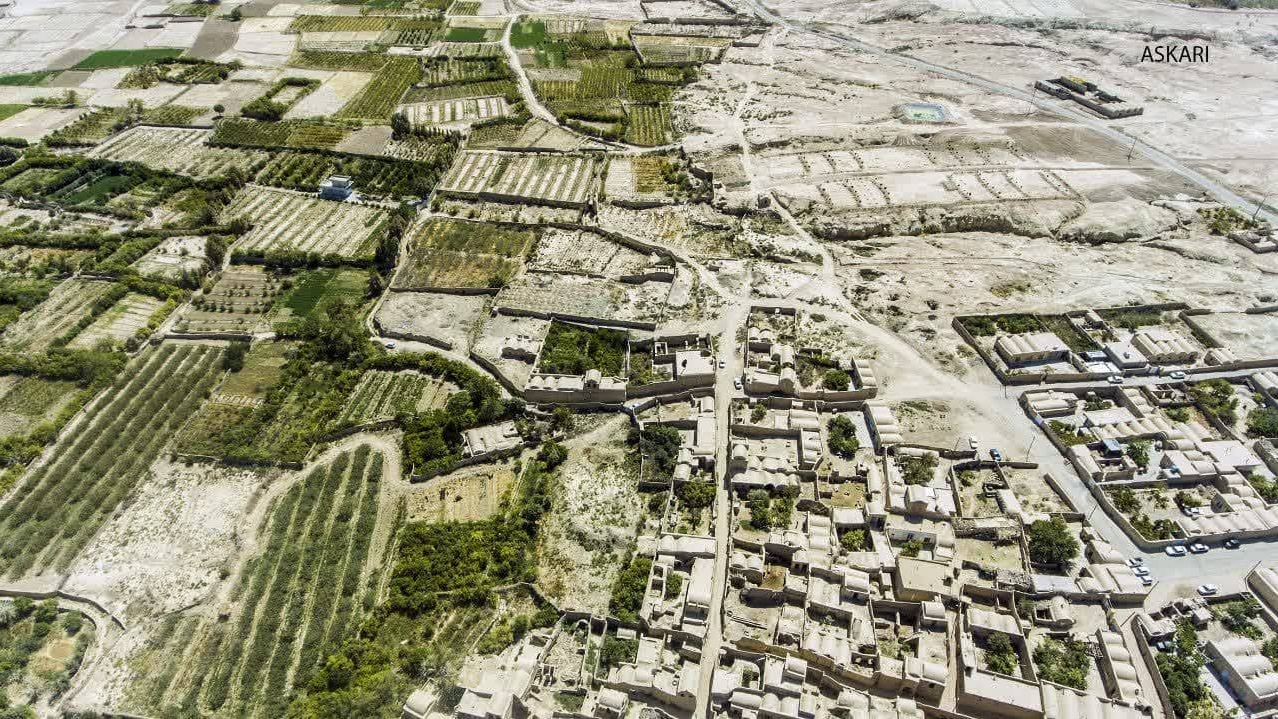
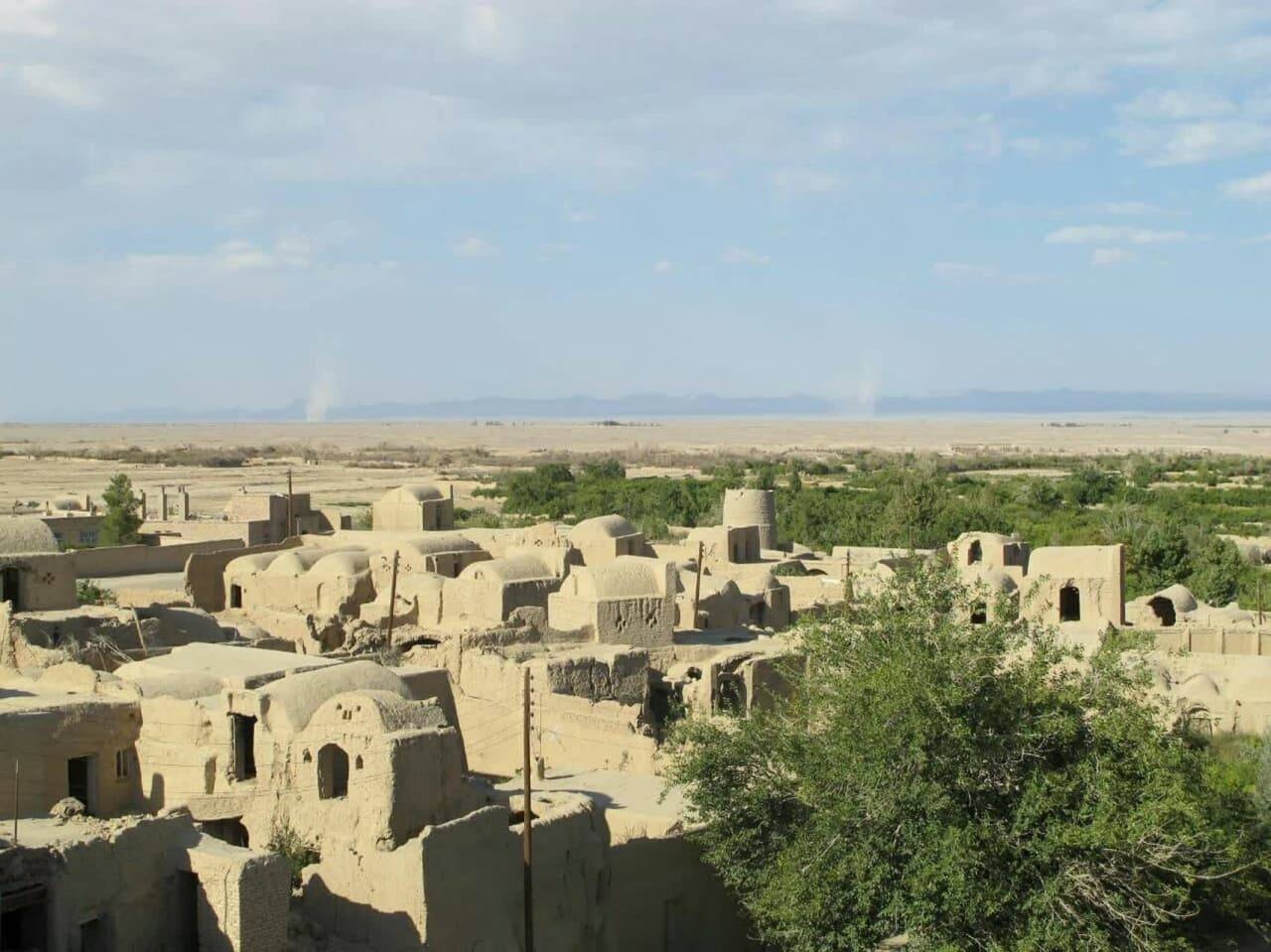


Choose blindless
Red blindless Green blindless Blue blindless Red hard to see Green hard to see Blue hard to see Monochrome Special MonochromeFont size change:
Change word spacing:
Change line height:
Change mouse type:
